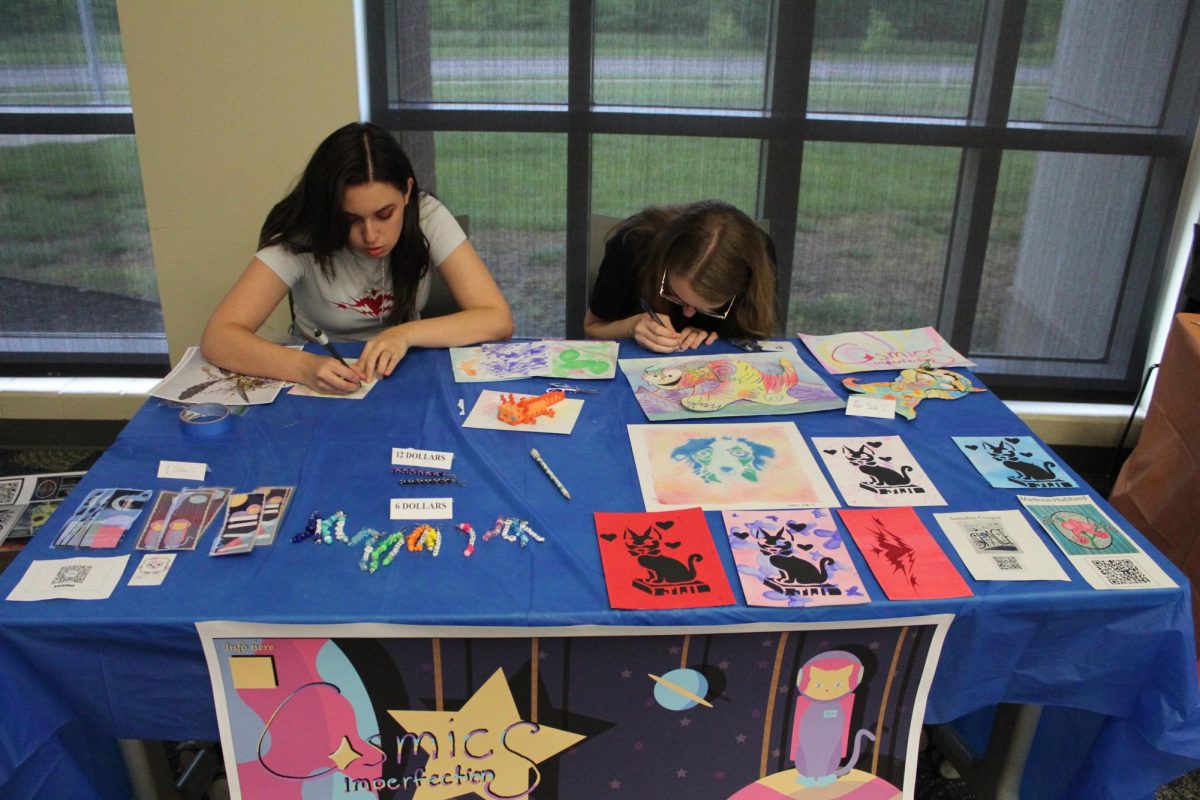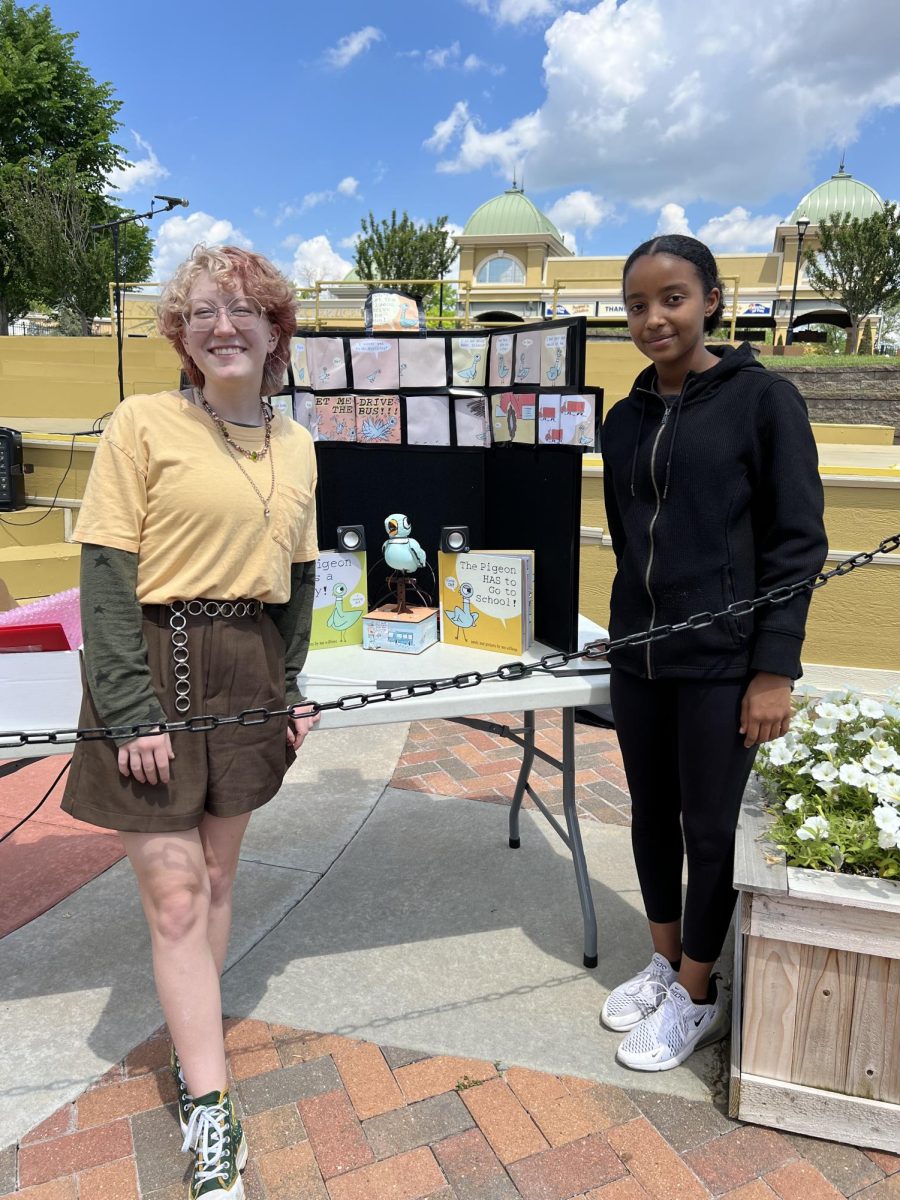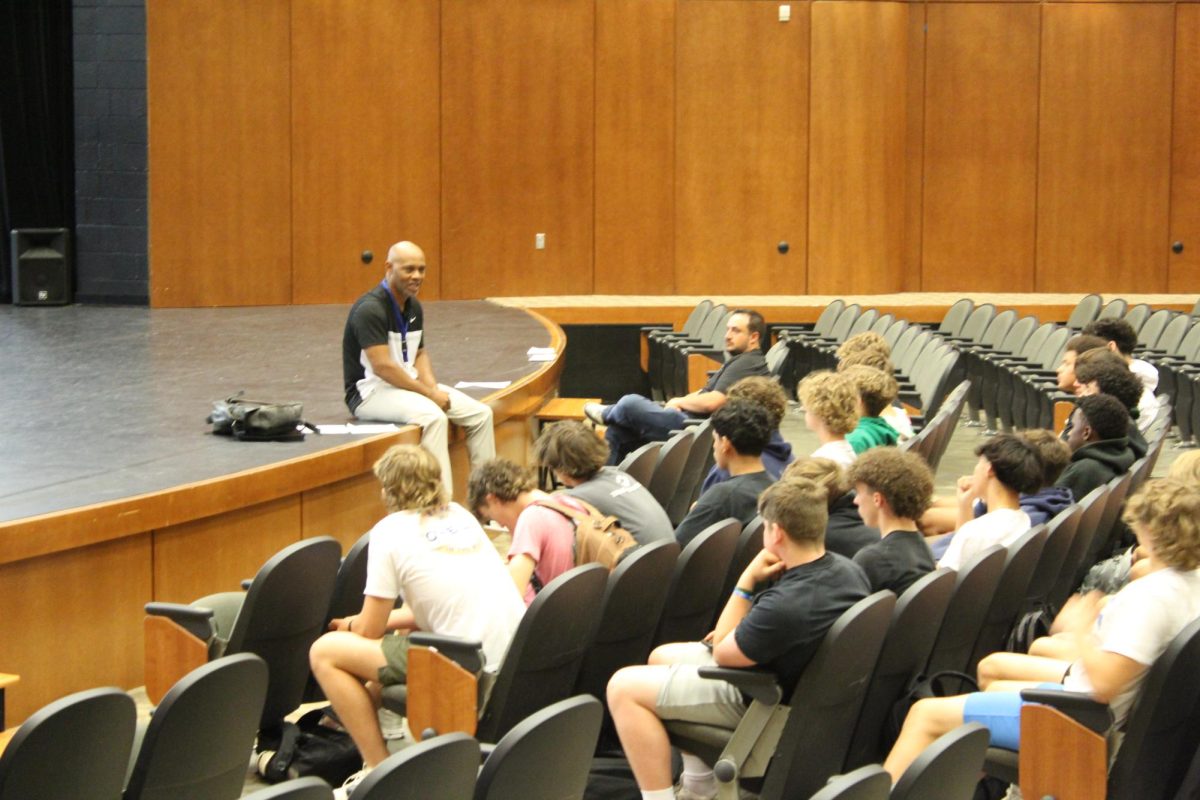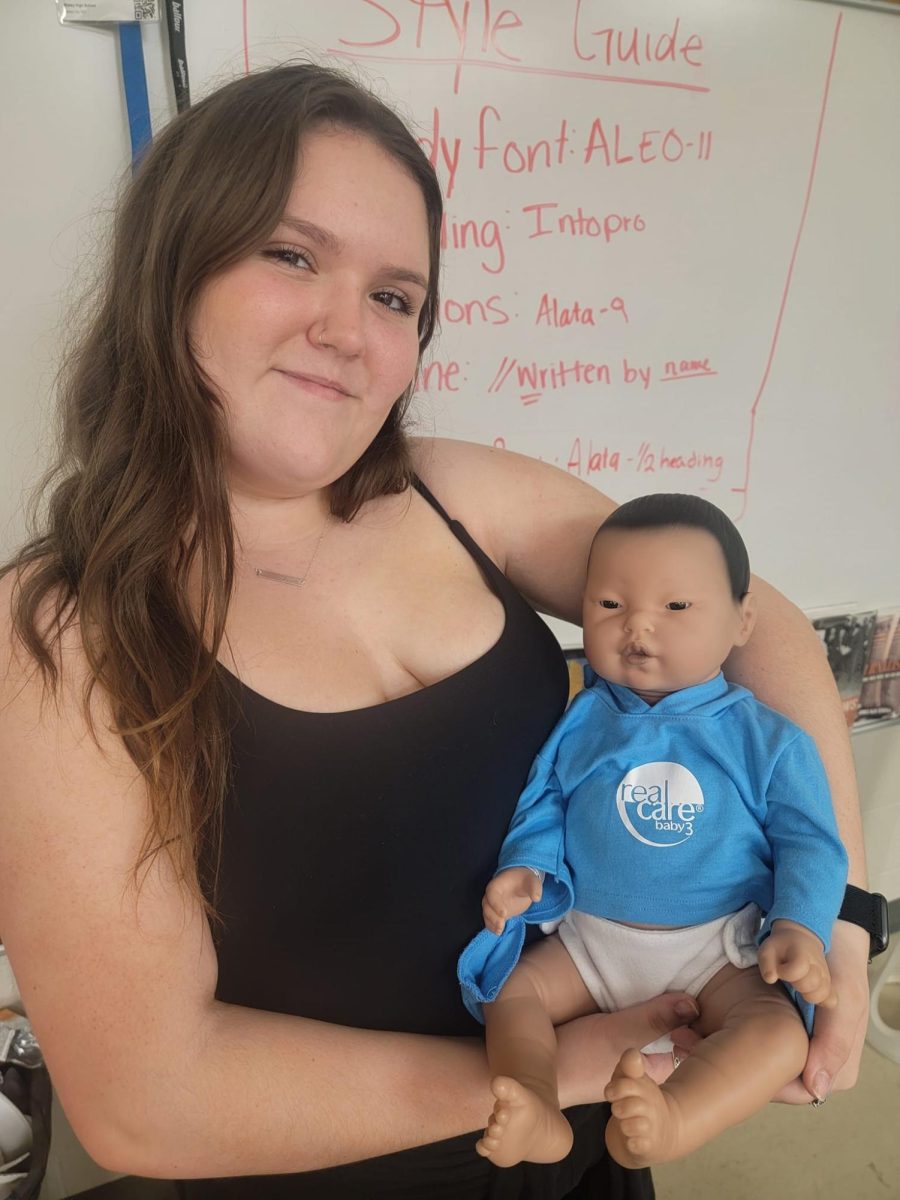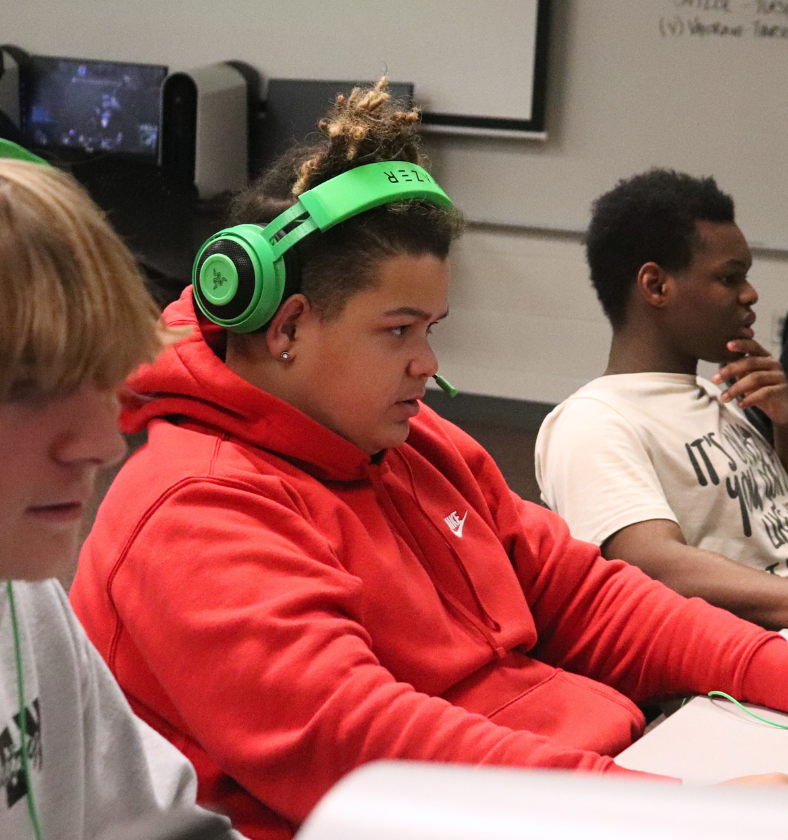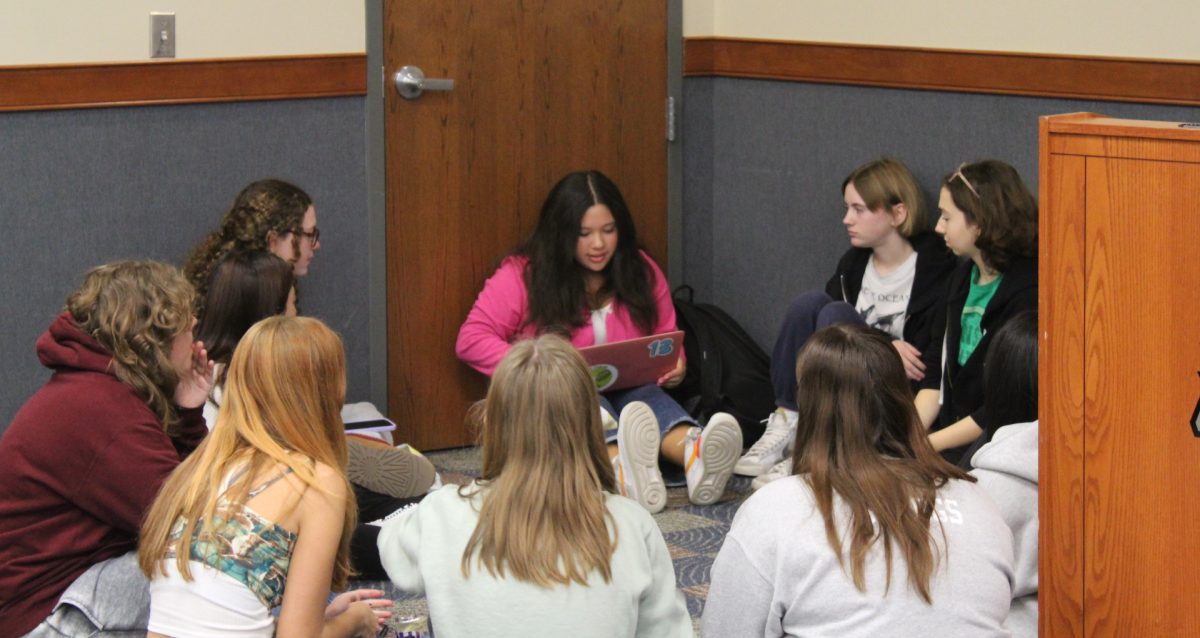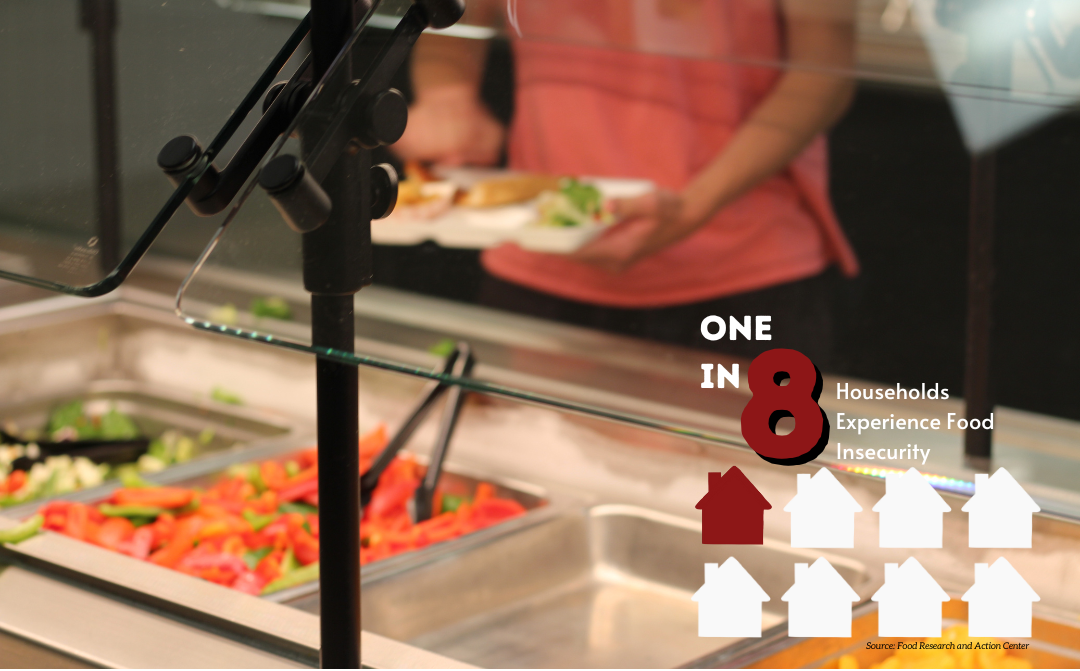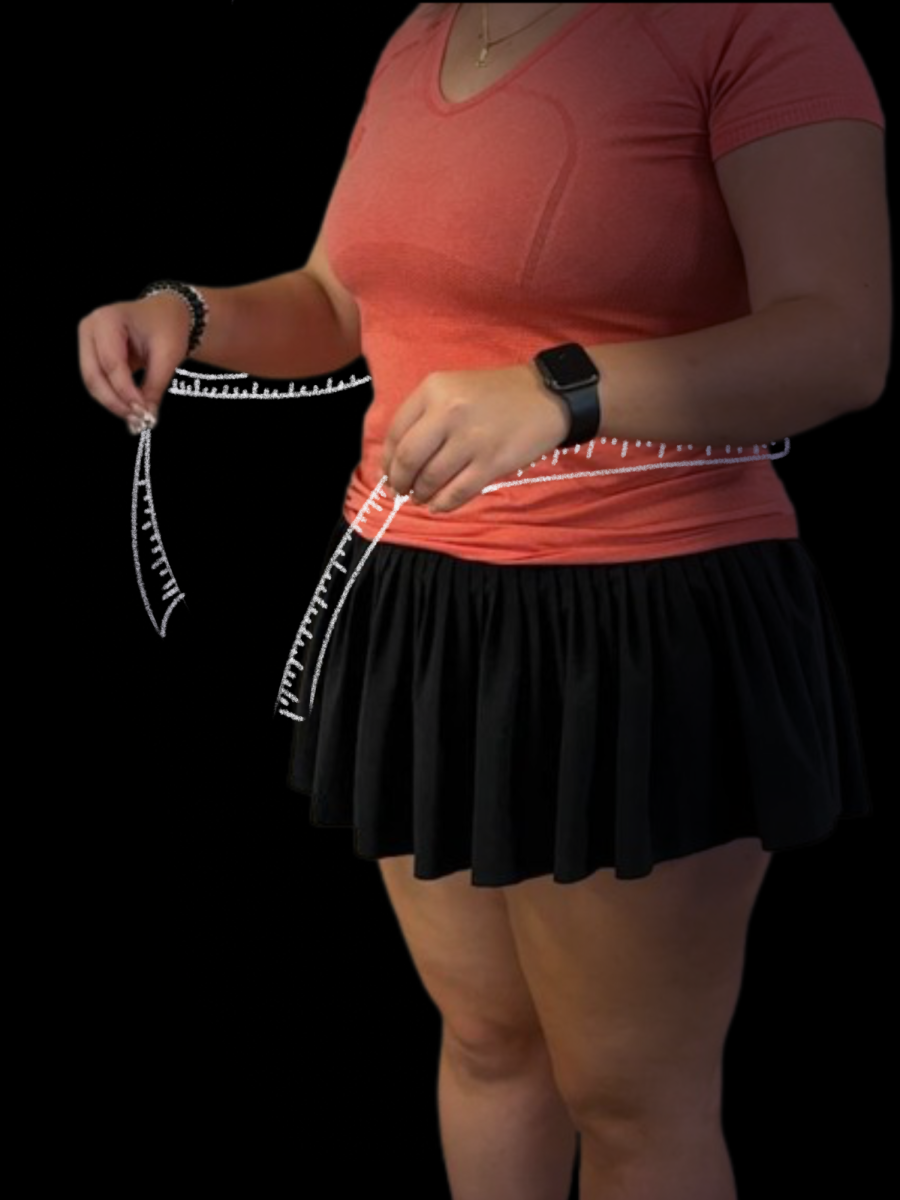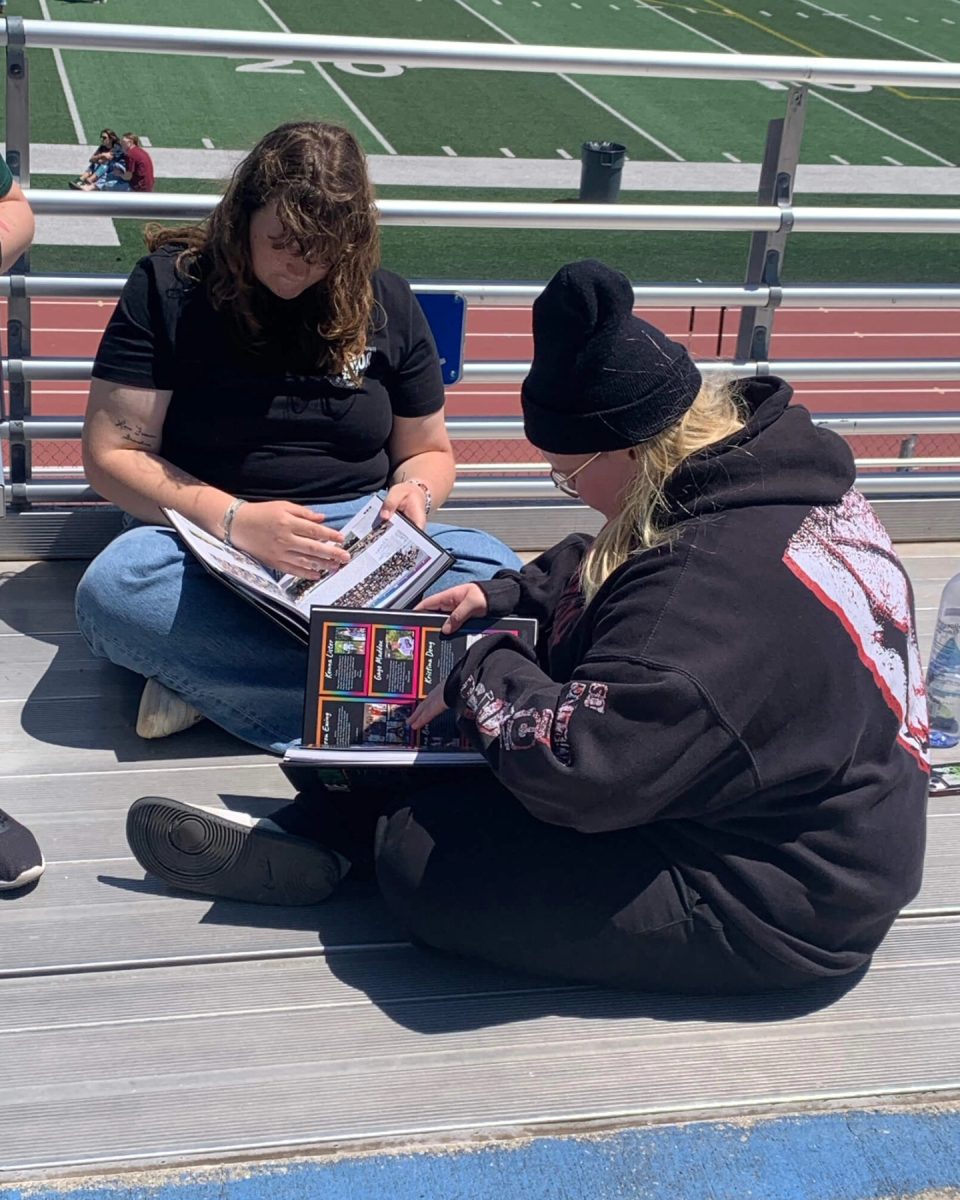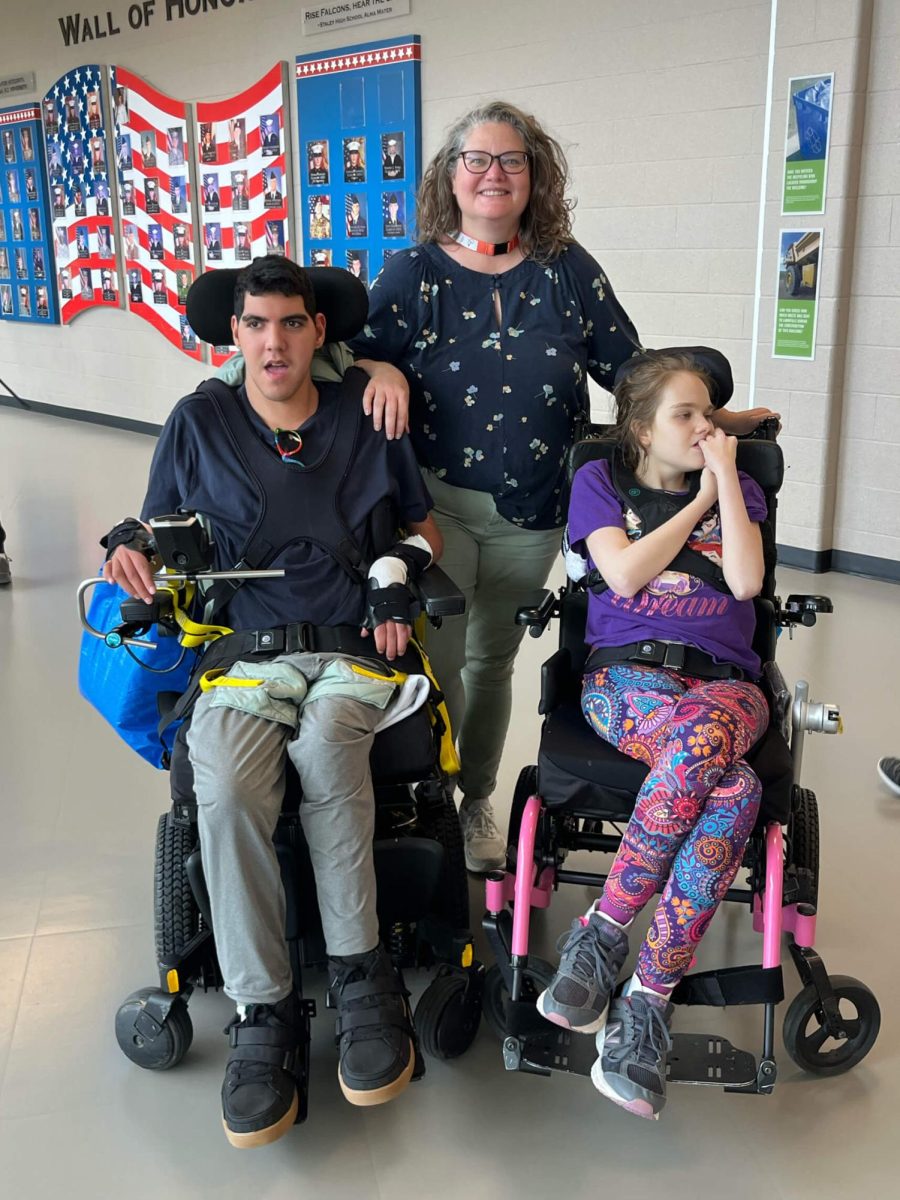From making sure they are not being followed to being cautious of how they decorate their cars, women have been conditioned to overanalyze their every move in public to stay safe. While 71 % of sex trafficking victims are female, according to Safe Horizon, the reality is very different than what is portrayed on TikTok and Facebook
“I sometimes do worry about being trafficked, especially when I’m in grocery stores or parking lots alone, but I always prepare myself for any harm by keeping a sharp claw-like keychain on me, and my family has my location 24/7,” sophomore Charlotte Heckman said.
While social media has given some legitimate warnings, it also has spread myths and conspiracy theories associated with trafficking.
“On social media I was told to never take money off of the windshield of my car or if something is on my door to get in on the other side. I’ve also been told if something like honey is placed on top of my car to not remove it,” sophomore Grace Marier said.
It’s going to be a boyfriend, a family member. It’s going to be someone you meet online that you began trusting. — Clay County Sheriff’s Office Detective Kristen Rivera
Online sex trafficking makes up around 40% of sex trafficking crimes, according to UN News.
“Traffickers probably aren’t looking for one type of thing on a person’s car,” Clay County Sheriff’s Office Detective Kristen Rivera said. “A myth is that trafficking happens when someone is taken in a white van and trafficked. That’s not the way it normally happens.”
Detective Rivera has worked extensively with victims of sex trafficking and sexual abuse, and she knows the dangers and knows what to look out for, and how to separate fact from fiction.
The fact is it’s not the Target run that is a common danger, it is social media. Social media grants access to personal information, and that may end up right at traffickers’ fingertips. People can find almost anything about a person just by searching their name.
“A lot of trafficking starts off online now,” Rivera said. “I think there could be the perception that traffickers are out looking at Walmart. That may be true, but youth are so incredibly accessible online, so it is very easy to form a relationship with a young person.”
She said traffickers typically seek out younger people because they are easier to manipulate.
“They might try for a relationship online that makes the person feel close enough to them that they’ll meet up with them,” Rivera said.
Nearly 90% of sexually abused children in the United States are victimized by someone they know, according to Safe4us. Some believe strangers are trafficking people, but typically it is the people the victim trusts the most put them at risk.
“It’s going to be a boyfriend, a family member,” Rivera said. “It’s going to be someone you meet online that you began trusting.”
The way a person presents themselves or how they dress doesn’t always make them a target. The important thing is how they handle their personal information, especially online.
“They are looking for the overall persona of vulnerability, so just trusting everyone you meet and telling them everything is probably going to make a person more vulnerable rather than their appearance,” Rivera said.
Sharing personal information can be dangerous. It puts people in a position where it’s easy to track people and find even more information. This information can put people in a position to be taken advantage of. But it’s not always online relationships that are the danger — it is often people the victims already know in real life.
“I can think of one particular girl that her family was exploiting her,” Rivera said. “In her situation, it was a stepfather. They were putting her images online from a very young age when she was being molested. That got into her head. I believe that that’s all she thought she was good at, that’s how she found love.”
Rivera said going into her early teenage years, the girl started being sexually promiscuous and found a person she thought cared for her. That person was an adult.
“He would help her post videos online of her engaged in intercourse so that she could make money for them,” Rivera said.
Examples like that are why sex trafficking is so misunderstood. It is rarely a random stranger snatching someone while they are putting groceries away. It’s more than likely someone they know and trust.






